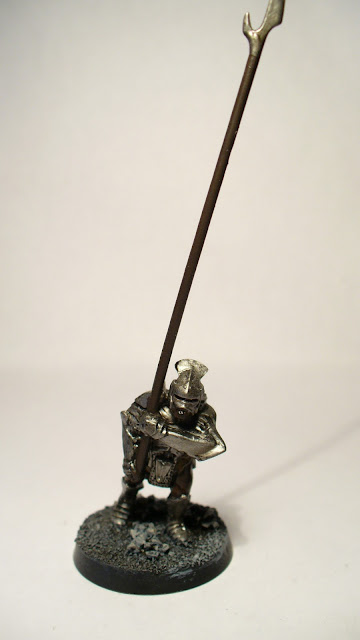Continuação da apresentação dos meus "Exércitos Napoleónicos", utilizados nos Jogos de Guerra.
Divirtam-se
Continuation of presentation of my "Napoleonic armies, " used in Wargames.
Have fun
Have fun

Esci figures - 1/72



The Battle of Waterloo and The Royal Scots Greys and Sergeant Charles Ewart
At around 2pm Major General Ponsonby’s Union Brigade of heavy dragoons (the 1st Royal Dragoons, 2nd Royal Scots Greys and 6th Inniskilling Dragoons) charged D’Erlon’s infantry columns as they reached the British line.
As the Greys passed the 92nd Gordon Highlanders, the Gordons attempted to advance with them, holding the trooper’ stirrups.
The charge built up momentum and the British “Heavies” launched themselves on the French infantry, the Greys shouting “Scotland for ever”.
Sergeant Charles Ewart of the Greys rode at the eagle bearer of the 45th Infantry. He cut down the four escorts and the eagle bearer and bore the eagle away.
The Union Brigade cut through the French and, now out of control, continued the charge up the far incline to the French guns, where they sabred numbers of gunners in Ney’s battery. The British were counter-attacked by French Lancers and suffered such heavy casualties as to eliminate the brigade from the battle. The brigade commander General Ponsonby was killed.
As the Duke of Wellington grumblingly complained “the British cavalry never know when to stop charging”.
The Greys adopted the captured French eagle as the regiment’s badge. It is still the badge of the present regiment: the Royal Scots Dragoon Guards.
The Emperor Napoleon is said to have commented of the regiment, “Ah ces terribles chevaux gris”.
The rest of the British Army wryly gave the Scots Greys the nickname of “the Bird Catchers”.
The Royal Dragoons also captured an eagle during the charge, that of the 105th Regiment.
The rest of the British Army wryly gave the Scots Greys the nickname of “the Bird Catchers”.
The Royal Dragoons also captured an eagle during the charge, that of the 105th Regiment.
JF
















































